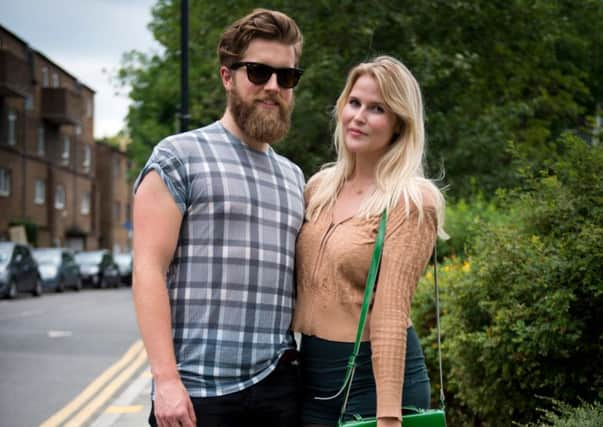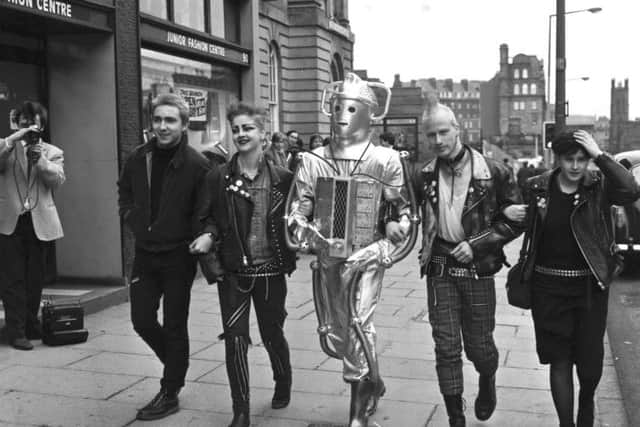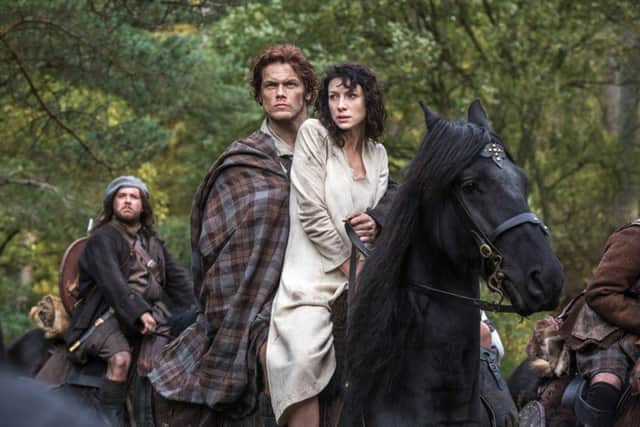How tartan inspired hipsters and generations of style tribes


But tartan is now just as likely to be spotted on the catwalks of Milan or Paris as it is in the windswept north of Scotland.
The distinctive patterned material was beloved by Victorians and adopted by punk rock fans in the late 1970s. It was later embraced by high-end fashion designers such as Alexander McQueen and Vivian Westwood. Despite its association with expensive couture, tartan has never lost its humble roots and is today worn by a new generation of style-conscious hipsters.
Advertisement
Hide AdAdvertisement
Hide AdEdinburgh-based fashion journalist and author Caroline Young has explored tartan’s evolving story as part of a new book, Style Tribes.


“Tartan is a unique textile in that it has so many meanings attached to it, and so it could be argued that it really is the most politicised of fabrics,” she told The Scotsman.
“It can represent rebellion, conformity, homeliness and performance, and this is why it has been consistently popular in fashion around the world since the late eighteenth century. While tartan was a symbol of the Jacobites to indicate loyalty to the Stuarts, it later became incredibly fashionable when taken up by Queen Victoria, as before Hollywood and pop stars, it was royalty who were the trendsetters.
“Tartan was used as a uniform for the Highland regiments, for school uniforms and for businesses, and the hardwearing, durability of a tartan shirt made it practical for lumberjacks and cowboys. It also has a polarity to it, in that it can be a masculine fabric when worn as a work shirt, but can also be very feminine when used for skirts and dresses.”


Traditional tartan outfits such as the plaid and kilt are undergoing something of an international revival thanks to the success of the hit drama series Outlander.
But the material has never lost its outsider edge, Young believes.
“With its enduring popularity and with all these meanings attached, tartan has played a part in the DIY style of many subcultures over the last 100 years.
Advertisement
Hide AdAdvertisement
Hide Ad“Punks ripped up tartan shirts and adapted kilts as an anti-Establishment message in the 1970s, while grunge was an anti-fashion movement and so tartan shirts were worn as they were readily available and common practical wear in Washington State.


“New Romantics often wore tartan because of its attention-grabbing qualities, as it harks back to Scottish music hall stars who wore loud tartan suits and kilts on stage. In the 1990s Japanese school girls created a new style tribe known as Kogals, who adapted their school uniform with long socks and weejun loafers and by hitching up their tartan school skirts, and this provocative, rebellious and subversive adaptation of the school girl skirt became incredibly popular, thanks to Clueless and Britney Spears.
“We’ve seen a huge resurgence in tartan in recent years, particularly as part of a hipster style as it offers a sense of comfort and nostalgia in these times of uncertainty in the world.”
Style Tribes: The Fashion of Subcultures is published by Frances Lincoln and out now
